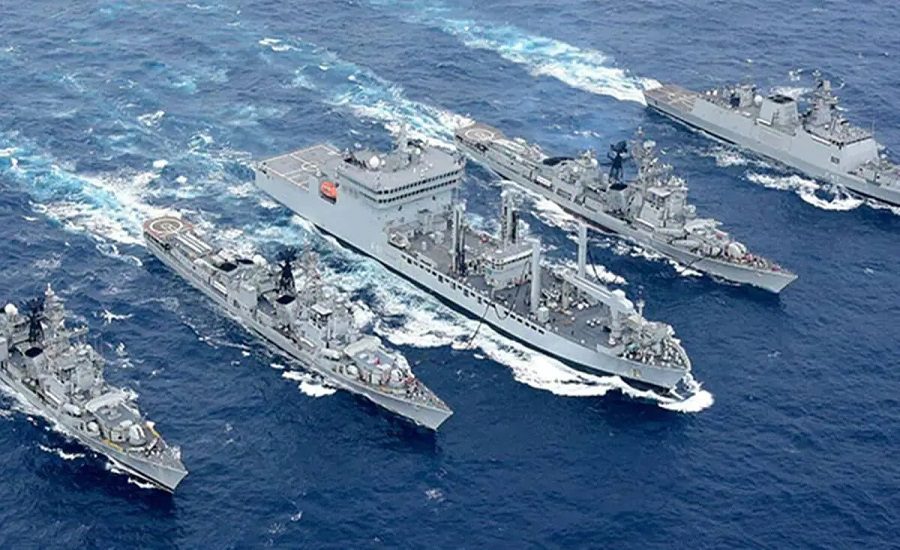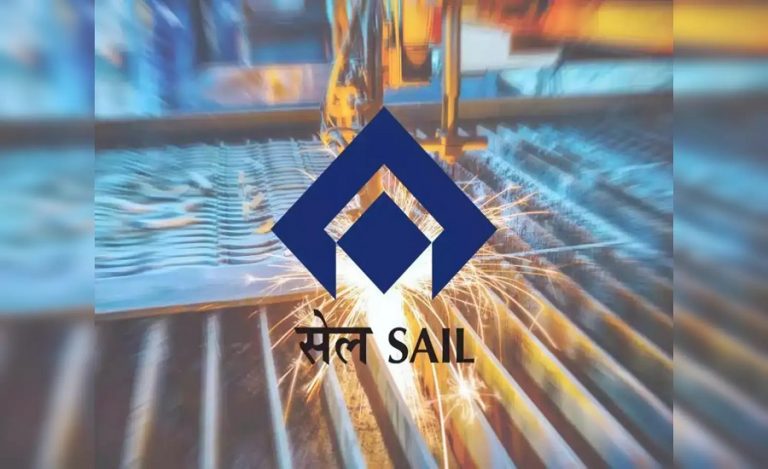New Delhi – In a strategic move to elevate its maritime combat capabilities, the Indian Navy has issued a Request for Information (RFI) for an advanced 360° Active Electronically Scanned Array (AESA) radar. This radar is designed specifically to unify and modernise the gun control systems aboard Indian warships, making them more agile, lethal, and resilient in combat.
A New Chapter in Maritime Firepower
The RFI outlines the Navy’s demand for a radar system capable of supporting all calibres of naval guns through a single integrated platform. This initiative marks a shift from legacy systems that were tailored to individual weapon types.
With the AESA-based Gun Control System (GCS), ships will be able to detect, track, and engage multiple aerial and surface threats—including anti-ship missiles, aircraft, and small fast-attack craft—with unprecedented speed and precision.
Why AESA Radar is a Game-Changer
AESA technology uses thousands of tiny solid-state transmit/receive modules that steer radar beams electronically, eliminating the need for mechanical rotation. This allows instant 360° azimuth coverage, faster target tracking, and increased reliability.
Importantly, the lack of moving parts enhances resilience against electronic countermeasures, while the system’s multi-target tracking ensures ships are never caught off guard.
Flexible Coverage, Seamless Integration
According to the RFI, the AESA radar will operate across defined sectors, either relative to the ship’s orientation or via fixed bearings. This ensures adaptability in complex operational scenarios.
It will integrate fully with the ship’s Combat Management System (CMS) and control close-in weapon systems (CIWS) as well as medium and large calibre guns—creating a seamless and centralised fire-control mechanism for all onboard artillery.
Also Read: INS Nistar Joins Indian Navy Fleet: A Technological Leap in Submarine Rescue Operations
Building on Existing Radar Advances
Visakhapatnam-class destroyers currently use the EL/M-2248 MF-STAR radar, which also offers 360° surveillance. However, this new effort seeks to unify and further enhance gun control capabilities through a dedicated AESA radar tailored to the Navy’s firepower needs.
Indigenisation and Innovation at the Forefront
The Defence Research and Development Organisation (DRDO) is expected to play a major role in the project, along with private defence firms through public-private partnerships. The initiative reflects the Navy’s broader push toward indigenous, high-end technologies that can counter evolving threats.
With this step, the Navy aims to achieve greater operational efficiency, reduced crew workload, and enhanced response time across maritime theatres.
A Strategic Leap Forward
The 360° AESA radar system promises to transform naval warfare for India, delivering unified, responsive, and highly accurate gunfire control across all weapon platforms. As the Navy deepens its focus on network-centric warfare, this radar could become a central pillar in defending against the threats of tomorrow.
Also Read: INS Sandhayak Docks at Port Klang, Strengthening Maritime Ties with Malaysia



























